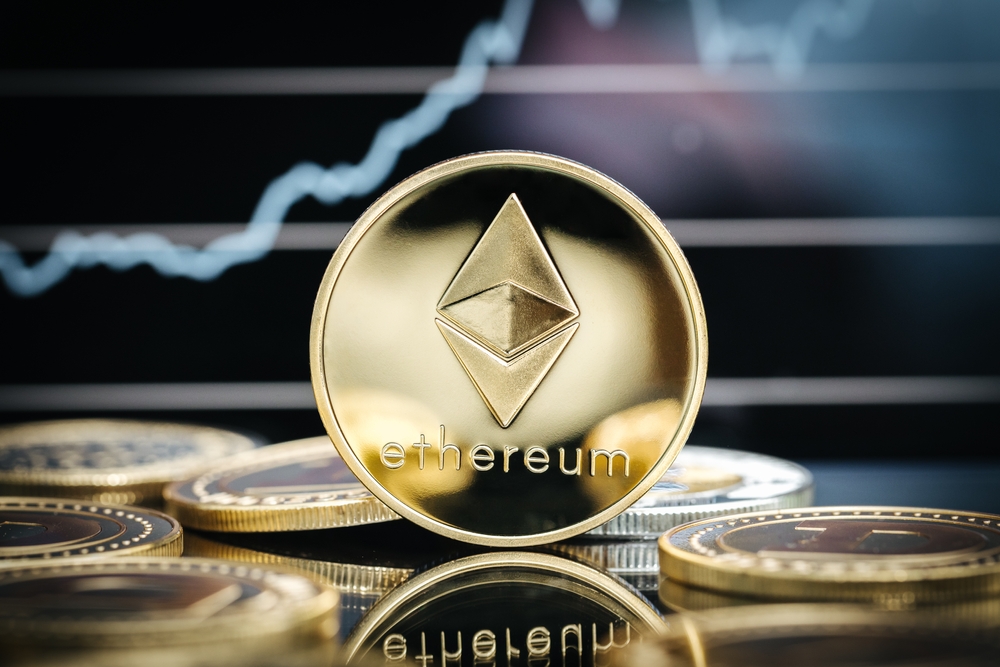The address 0x0000000000000000000000000000000000000000 represents the Ethereum burn address. Besides, the intentional token destruction is a burn address’s central concept.
The absence of a corresponding private key is a critical attribute of the burn address. Because a private key is needed to manage a crypto wallet, the intentional omission ensures that Ether sent to the burn address is irreversibly lost.
The Ethereum burn address is vital in managing Ether’s total supply. Burning tokens reduces the circulating supply, creating potential deflationary pressure and influencing the cryptocurrency’s value dynamics.
How the Ethereum Burn Address Functions
An Ethereum burn address functioning resembles other addresses but lacks an associated private key. When compatible ERC-20 tokens or Ether are sent to this address, they basically enter a digital space, leaving the circulating supply completely.
A private key’s absence is the cornerstone of the burn address’s functionality. In cryptocurrency, private keys grant control over a wallet as well as its assets. In the absence of a private key connected to the burn address, tokens moved there are forever inaccessible, guaranteeing the burning process’s irrevocability.
‘Burning’ ether entails a smart contract or user initiating a transaction, stipulating 0x0000000000000000000000000000000000000000 as the recipient. After the transaction’s verification on the Ethereum blockchain, the transferred Ether is taken away from circulation, attaining the envisioned supply reduction.
Economic Impacts of ETH Burning
Permanent burning removes ETH from circulation, bringing deflationary pressure. In case the burning rate surpasses the rate at which new Ethereum is issued, ETH’s total supply will reduce over time, potentially influencing the price of Ethereum.
The execution of EIP-1559 has resulted in the burning of a part of each Ethereum transaction fee. This mechanism aids in balancing gas fees, ensuring predictability for users.
The decrease in Ethereum supply caused by burning could motivate validators to prioritize transactions with more fees, possibly leading to quicker verifications. Nevertheless, it is critical to note that Ethereum’s long-term economic implications remain subject to market forces and the Ethereum network’s continuing evolution.
The deflationary nature of burning could result in Ethereum being more appealing, while some warn that it is only a single factor within an intricate economic structure. Finally, the relationship between network utilization, Ethereum burning, and the wider market dynamics will impact the overall economic effect.
Ethereum-Burning Techniques
An example of a mechanism within the ETH ecosystem that facilitates burning is the base fee burning unveiled by EIP-1559. The advancement altered ETH’s fee model, directing that part of each transaction fee should be permanently burned.
Past EIP-1559, projects developed on ETH might execute their burn mechanisms. For example, some tokens use a buyback-and-burn model that involves the project utilizing revenue to rebuy its tokens from the market and later send them to the burn addresses. The strategy can aid in regulating token supply.
Some blockchain initiatives also uses the proof-of-burn (PoB) as an optional consensus process, where participants burn tokens to acquire the right to burn new blocks.
Viewing the Burn Address
Etherscan is vastly considered the most suitable explorer for the Ethereum network. One should start by opening their favorite web browser and move to the Etherscan website.
Later, a user should find the search bar, input the burn address, and start the search. A page is shown displaying ETH balance and a list of transactions involving ETH and comparable crypto.
A critical area entails the possible strengthening of deflationary pressure. In case the rate of Ethereum burning overtakes ETH issuance, the overall supply will keep reducing. The enhanced scarcity may also strengthen Ethereum’s value proposition, specifically as the network aims for vast adoption.
Final Thoughts
It is possible development entails the growth of Ethereum’s fee market. The base fee-burning mechanism unveiled by EIP-1559 has already resulted in higher predictability in transaction costs.
Innovative protocols and projects can also integrate special ETH-burning processes in their tokenized models. This may range from differences in buyback-and-burden models to innovative use cases within DeFi protocols or NFTs.
